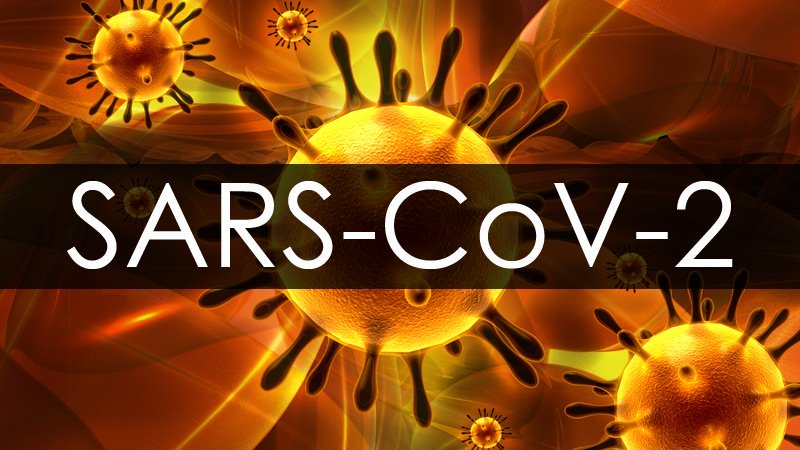O original está em francês
Publicado relatório sobre substituição do Diclorometano.
Remplacer le dichlorométhane : un enjeu en SST
L’IRSST publie son nouveau rapport (R-1207) sur la substitution du dichlorométhane (DCM), un solvant toxique largement utilisé en industrie. Exposé à près de 22 000 travailleuses et travailleurs canadiens, dont 5 600 au Québec, le DCM est reconnu pour ses effets irritants, neurotoxiques et potentiellement cancérogènes.
Ce rapport identifie 17 solvants de remplacement ayant un meilleur profil toxicologique, tels que les esters d’acides dicarboxyliques et le carbonate de propylène. Il propose aussi une méthodologie rigoureuse pour accompagner les milieux de travail dans cette transition.
Les employeurs et les spécialistes en SST trouveront dans cette étude des outils concrets pour réduire les risques liés au DCM et améliorer les conditions de travail.
Pour en savoir plus, consultez le rapport complet ici :
Rapport scientifique :
Substitution du dichlorométhane ● Caroline Couture, Jérôme Lavoué, Philippe Sarazin, Isabelle Valois, Maximilien Debia ● (versao pdf - francês)
(R-1207-fr)
Ver abaixo resumo em inglês
Abstract
Exposure to organic solvents is a major occupational health and safety concern. According to CAREX Canada, approximately 22,000 Canadians were exposed to dichloromethane (DCM) in the workplace in 2016, among them 5,600 Québecers. DCM is notably used as a solvent in paint removers and degreasers and in the extraction of organic compounds. It is also used as the reaction medium in the manufacture of pharmaceuticals and pesticides. DCM is irritating and carcinogenic, and it can also cause carboxyhemoglobinemia through endogenous carbon monoxide (CO) production during its metabolic transformation. Because of its toxicity, DCM has been banned in paint strippers in the European Union since 2012, and new regulations are being introduced in the United States to ban or limit its use. In Canada, DCM is included on Health Canada’s Cosmetic Ingredient Hotlist and its use is prohibited in aerosol products. These measures are forcing businesses to make efforts to replace DCM in a variety of applications.
With this in mind, a critical literature review was undertaken to identify alternatives to DCM. An exhaustive search was conducted in 1) bibliographic databases; 2) factual databases; 3) case study reports; and 4) substitution selection guides (fiches de substitution par utilisation). In addition, four occupational exposure databases were consulted to target workplaces where the risk of DCM exposure is greatest. Two comparative analysis tools were used to assess possible DCM replacement options: the vapour hazard ratio (VHR), which indicates the risk of overexposure with the different replacement options; and the Pollution Prevention Option Analysis System (P2OASys), developed by the Toxics Use Reduction Institute (TURI) to score chemicals according to environmental as well as health and safety criteria. Lastly, the alternative solvents identified were evaluated under the U.S. EPA Safer Choice program, developed to help in finding the safest products for human health and the environment.
Industries where overexposure is likely to occur include aircraft and automotive repair (fuselage and car body); industrial organic chemicals and plastic products production (including manufacture of plastic foam products); wood structure fabrication and repair (upholstery, mattresses and bedsprings, office furniture, public buildings and related furniture, partitions, lighting fixtures and kitchen cabinets); and the manufacture of elevators and mobile stairs.
Seventeen alternative solvents with a VHR ≤ 1000 and a P2OASys score of ≤ 6 were identified. These include dibasic esters (DBE), propylene carbonate, D-limonene, ethyl lactate, acetates, dimethyl sulfoxide (DMSO), methylal (dimethoxymethane), benzyl alcohol (BA), isopropanol and certain glycol ethers. DBEs, ethyl lactate, isopropanol and propyl acetate are also recommended by the Safer Choice program. Also listed as replacement options for DCM are other substances presenting more substantial occupational health issues: N,N-dimethylformamide (DMF) and N-methyl-2-pyrrolidone (NMP).
None of these DCM alternatives are without occupational risks, and an organized and systematic approach, like the nine-step method suggested by Gérin and Bégin (2002), is required in any DCM substitution project.
ISBN
9782897973216 (PDF)
- Efetue login ou registre-se para postar comentários






